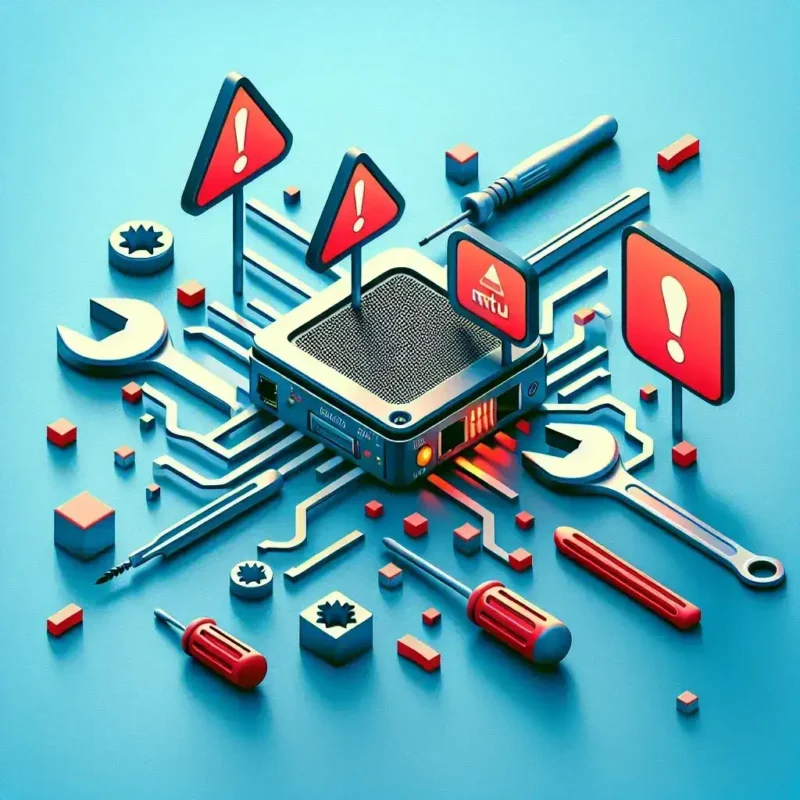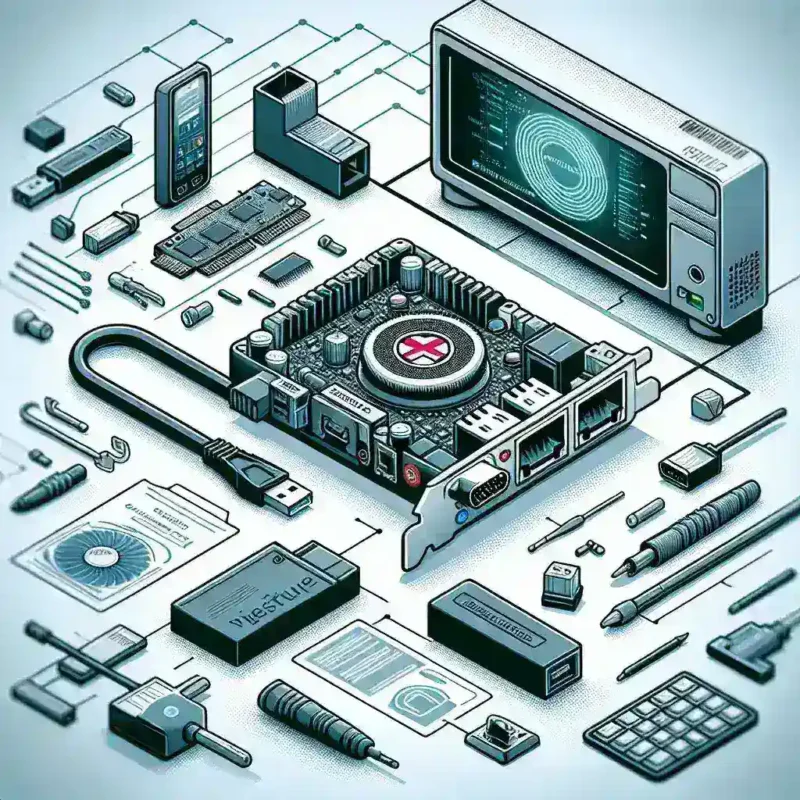Introduction
Recycling an old LED monitor is crucial for reducing electronic waste and minimizing the environmental impact associated with improper disposal. As technology advances, people frequently upgrade their devices, leaving them with outdated equipment. This article provides comprehensive guidance on recycling an old LED monitor, including why it is important, steps to follow, and the best practices to ensure an environmentally friendly disposal.
Why You Should Recycle Your Old LED Monitor
LED monitors contain valuable materials such as glass, plastic, and metals that can be reclaimed and reused in manufacturing new products. Additionally, improper disposal of these devices can lead to toxic substances seeping into the soil and water sources, causing environmental damage.
Environmental Benefits
- Reduces e-waste in landfills
- Prevents toxic material leakage
- Conserves natural resources
- Reduces the energy required to produce new materials
| Benefits | Explanation |
|---|---|
| Reduces e-waste | Decreases the amount of electronic waste in landfills |
| Prevents toxicity | Avoids harmful chemicals from polluting the environment |
| Resource conservation | Saves raw materials for future use |
| Energy saving | Less energy is required when recycling materials compared to creating new ones |
Steps to Recycle an Old LED Monitor
1. Assess the Condition
Before recycling, evaluate your monitor’s condition. If it is still functional, consider donating it to someone in need or an organization that can use it. If malfunctioning, recycling is the best option.
2. Find a Certified E-Waste Recycler
Locate a certified e-waste recycler that complies with local and international standards for electronic recycling. Certified recyclers ensure proper handling and processing of electronic waste.
3. Erase Data
Although LED monitors typically do not store data, if your monitor is part of an integrated system, ensure that all data is wiped from connected devices to protect personal information.
4. Remove Accessories
Detach any accessories such as cables, stands, or peripherals before sending your monitor for recycling. Recycle these components separately if possible.
5. Drop Off or Schedule Pickup
Depending on your recycler, you may need to drop off the monitor at a designated site, or they might offer a pickup service.
Best Practices for Recycling an LED Monitor
1. Follow Local Regulations
Ensure you comply with local laws and regulations regarding electronic waste disposal and recycling to avoid legal issues.
2. Choose Eco-friendly Options
Seek out e-waste recyclers that use environmentally friendly methods for processing materials, ensuring toxic substances do not harm the environment.
3. Consider Manufacturer Take-back Programs
Some manufacturers offer take-back or recycling programs for their products. Contact the monitor’s manufacturer to check if they provide such a service.
4. Support Certified Recyclers
Supporting businesses that hold certifications from organizations like e-Stewards or R2 (Responsible Recycling) ensures that the recycling process meets high environmental and safety standards.
Conclusion
Recycling an old LED monitor is a responsible and essential practice to mitigate environmental damage and encourage sustainable use of resources. By following these steps and best practices, you can ensure that your old monitor is disposed of in a way that benefits the environment, conserves resources, and adheres to regulations.



